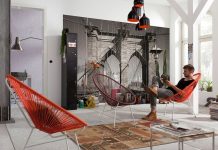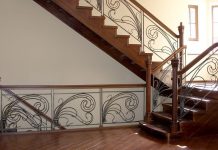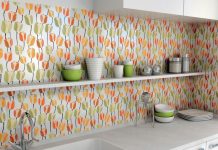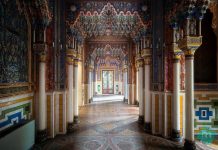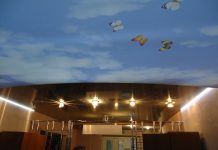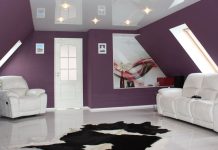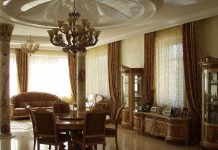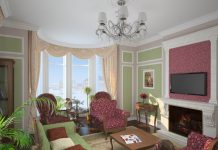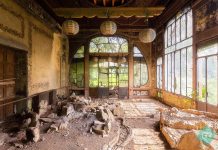The virtual world has already become so compatible with the real one that it is sometimes difficult to say which of the worlds we visit more often and longer. We make friends we never see, build houses or even entire cities, grow gardens, read books, watch movies – and all this without leaving the computer. So, if the virtual world has become so important to us, why not transfer some knowledge into it from the real world and vice versa?
For example, computer technology helps simplify our lives by performing various time-consuming tasks. And finally, computer technology just helps us to keep the accumulated. Electronic libraries already exist and are actively used, we watch films recorded on digital media, admire works of art not in a museum, but on the Internet. Fans of archetypal forms may say that this is blasphemy, then art cannot be electronized, but it’s convenient. There is no need to choose free time to visit a museum or a cinema, you can watch everything electronically at any convenient time. And what kind of savings: you don’t need to go somewhere far away. The Internet is always nearby!
And why not ask the computer to help us arrange our real space so that it is pleasant to be in it? There are a lot of programs that at the touch of a button will build a house that you’ve been dreaming about all your life. With accurate calculations and step-by-step instructions for its construction. Or they will choose an interior for an existing dwelling, taking into account your individual characteristics. Isn’t this a virtual architecture? After all, it was created with the help of digital technologies.
On the other hand, virtual architecture refers to the embodiment of ideas in cyberspace. Like virtual architecture, they are free from real conventions. This helps the architect to realize his most incredible ideas, which would never have materialized without the help of a computer.
The virtual architecture does not necessarily have to materialize. It is enough for her to exist in an electronic version. But it is also possible to implement a virtual project in the real world. And there are examples of combining real and virtual. For example, the Grand Lisboa Casino in Macau. So an existing building has a so-called media facade – a shell that visually changes the space around this building, introduces an element of novelty. Such a building will look and be evaluated in a new way. In addition, this shell looks very nice at night.



